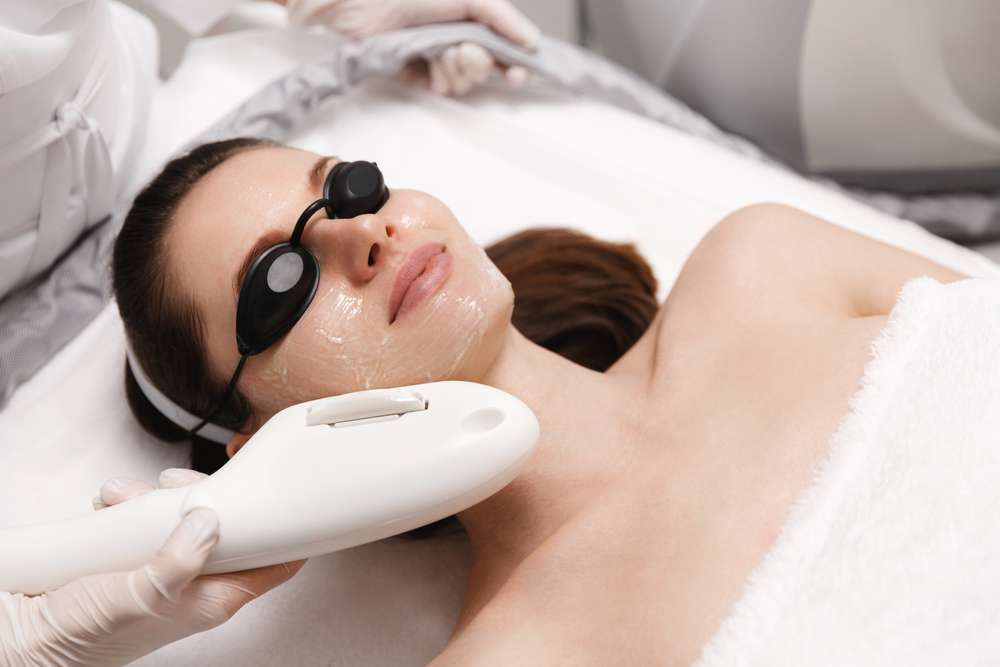Refresh Your Complexion: Complete Skin Rejuvenation
Discover how modern skin rejuvenation techniques can restore a youthful, radiant complexion. This guide covers laser therapies, peels, injectables, and maintenance strategies to help you choose safe, effective options. Learn what to expect, how to protect results, and how to pick the right provider.

Skin aging and photo-damage are common concerns, but advances in dermatology offer many ways to revive your skin’s tone, texture, and firmness. Whether you are dealing with fine lines, uneven pigmentation, or loss of volume, a variety of treatments—ranging from light-based procedures to injectables and topical strategies—can be combined and tailored to your needs. Below is a practical overview of how these approaches work, which options are most commonly used, and how to keep improvements long term.
How lasers help rejuvenate the skin
Laser therapies are a cornerstone of modern skin renewal because they deliver controlled light energy to specific skin layers. That energy targets damaged tissue, breaks down pigment, and triggers repair mechanisms, most notably the production of new collagen and elastin. Several laser modalities exist:
- Fractional lasers create tiny, evenly spaced micro-injuries across the skin. The surrounding healthy tissue helps accelerate healing, encouraging smoother texture and tighter skin over time.
- Intense Pulsed Light (IPL) is a broad-spectrum light treatment particularly effective for brown spots, redness, and improving overall tone. While not a laser in the strictest sense, IPL addresses vascular and pigmented lesions without significant downtime for many patients.
- CO2 lasers are more aggressive and penetrate deeply, making them suited to pronounced wrinkles and scars. They typically produce more dramatic results but require longer recovery.
Clinicians customize wavelength, energy, and coverage to match your skin type and goals, which increases safety and effectiveness.
Common skin rejuvenation procedures explained
Lasers are powerful tools, but they are one part of a broader toolbox. Other widely used treatments include:
- Chemical peels: Solutions applied to the skin remove damaged surface layers, revealing fresher, smoother skin beneath. Peels range from superficial to deep; deeper peels produce stronger results but need more recovery.
- Microdermabrasion: A noninvasive exfoliation method that uses fine crystals or diamond tips to buff away dead cells, improving texture and brightness with minimal recovery.
- Dermal fillers: Injectable gels restore lost volume in areas such as the cheeks, lips, and under-eye hollows, helping to smooth static lines and improve facial contours.
- Botox: Botulinum toxin temporarily relaxes muscles that cause dynamic wrinkles, such as frown lines and crow’s feet, reducing their appearance while the underlying skin rests.
- Platelet-rich plasma (PRP): Using the patient’s own blood, PRP delivers growth factors that support tissue repair and collagen stimulation, often used alone or combined with microneedling for enhanced renewal.
Each technique offers distinct benefits and is often combined in treatment plans to address multiple concerns simultaneously.
Maintaining results: habits and routines that prolong improvements
Long-term success depends not only on the procedure but on daily care and lifestyle choices. Key maintenance steps include:
- Daily sunscreen: Use a broad-spectrum SPF 30 or higher every day to prevent UV-related damage and protect your treatment results.
- Hydration and nutrition: Adequate water intake and a diet rich in antioxidants, vitamins, and omega-3s support skin health from the inside out.
- Consistent skincare: Cleanse gently, use targeted serums (such as retinoids or vitamin C where appropriate), and moisturize to support barrier function.
- Avoid tobacco and limit alcohol: Both can accelerate aging and counteract the benefits of rejuvenation procedures.
- Periodic touch-ups: Many treatments benefit from maintenance sessions—Botox every 3–6 months, fillers as they dissolve, and laser or peel touch-ups as advised by your provider.
What to weigh before choosing a treatment
Prior to any procedure, consider factors that influence safety, comfort, and outcome:
- Skin type and specific concerns: Some treatments are better suited to certain tones and conditions; an assessment helps avoid complications.
- Downtime: Procedures range from minimal recovery to several weeks; plan around your schedule and social commitments.
- Risks and side effects: Understand common temporary effects such as redness or swelling and rarer complications related to your chosen treatment.
- Cost: Treatments vary widely in price; budget for initial sessions and ongoing maintenance.
- Provider qualifications: Select a licensed, experienced clinician—dermatologist, plastic surgeon, or trained aesthetic professional—who can tailor a plan and manage any complications.
- Realistic expectations: Know what improvements are achievable and how many sessions may be required for your goals.
| Treatment | Provider Type | Estimated Cost Range |
|---|---|---|
| Laser Resurfacing | Dermatologist/Med Spa | $1,000 - $3,000 |
| Chemical Peel | Aesthetician/Dermatologist | $150 - $600 |
| Microdermabrasion | Aesthetician/Med Spa | $75 - $200 |
| Dermal Fillers | Dermatologist/Plastic Surgeon | $600 - $2,000 |
| Botox | Dermatologist/Plastic Surgeon | $300 - $800 |
Prices, rates, or cost estimates mentioned in this article are based on the latest available information but may change over time. Independent research is advised before making financial decisions.
Choosing the right treatment mix and a qualified provider will help you achieve a refreshed, healthier-looking complexion. Many patients find the best outcomes come from a combination of in-office procedures and a disciplined home-care regimen. Always discuss your medical history, medications, and expectations with your clinician so they can design a safe, effective plan.
This article is for informational purposes only and should not be considered medical advice. Please consult a qualified healthcare professional for personalized guidance and treatment.






